Relubricating rolling element bearings
March 7, 2019 4:10 pm
Rolling element bearings, often called bearings, are one of the most common components found in modern day machines. It finds its application in a variety of equipment ranging from electric motors to gearboxes as well as conveyor systems. These bearings undergo a regimented lubrication program which involves timely relubrication to replace grease that has deteriorated, leaked away, or become contaminated.
Rolling element bearings can be broadly categorised into:
• Ball bearings
• Cylindrical roller bearings
• Spherical roller bearings
• Needle roller bearings
• Tapered roller bearings
It takes on the spot know-how backed by expertise to determine the relubrication intervals in rolling element bearings, owing to the varying conditions these components operate under. The question that now arises is – how often should one relubricaterolling element bearings? There isn’t a specific answer to this question, since there are numerous factors that influence relubrication frequency.
Generally, the smaller the bearing and faster the speed, less frequent is the interval for relubrication. For instance, ball bearings have a base interval for relubrication, whereas, for a cylindrical roller, the relubrication frequency is almost five times more relatively.
Some of the factors that determine the re-greasing interval of the bearings are as follows:
• Operating temperature: Higher temperatures increases grease’s oxidation rate, doubling it for every 18ºF (10ºC). For example, a bearing operating at 250ºF (120ºC) will require greasing 10 times as often as one operating below 150ºF (65ºC).Grease softens as temperatures increase and may become fluid enough to leak out of the housings.
• Environmental conditions: Environmental conditions that subject bearings to contamination, adds on to the relubrication frequency. Bearings exhibit unusual conditions such as excess heat emission, noise, leakage, vibration, etc. under such conditions.
• Adding grease between flushing intervals: Many rolling elemen bearings require relubrication with small quantities of grease, between grease flushing intervals. If the seals are in good condition, the quantity of the grease needed may be small andinfrequent.
Having factored in the causes that determine relubrication intervals and accelerate the process, the immediate requirement to be addressed is the way in which we can mitigate relubrication challenges. ExxonMobil™ offers premium greases for rolling element bearings that can ensure effective relubrication such as:
Mobil Polyrex™ EM Series
The advanced thickener formulation and proprietary manufacturing techniques of Mobil Polyrex™ EM Series provide improved bearing performance and protection for long electric motor life. They are recommended for long-life lubrication of electric motor ball and roller bearings.
The key features of Mobil Polyrex EM are:
• Enhanced grease life ensures longevity, high-temperature lubrication of ball and roller bearings, particularly in sealed-for-life applications
• Advanced polyurea thickener increases durability as compared toconventional polyurea greases when subjected to mechanical shear forces
• Low-noise properties are beneficial for lubrication of ball bearings in many noise-sensitive applications
Mobilith SHC™ Series
The Mobilith SHC™ series symbolises ExxonMobil’s continued commitment to using advanced technology to provide outstanding products. These greases are superior performance products designed for a wide variety of applications at extremes of temperature.
The key features of Mobilith SHC series are:
• High and low temperature performance enables protection at high temperatures and low torque
• Protection against wear, rust and corrosion reduces downtime and maintenance costs
• Structural stability in the presence of water retrains excellent
grease performance in hostile aqueous environments
Mobilgrease XHP™ 220 Series
Mobilgrease XHP™ 220 greases are designed for a wide range of applications including the industrial, automotive, construction and marine sectors. Their performance features make them ideal choices for operating conditions including high temperature, water contamination, shock loading and extended re-lubrication operations.
Some of the key features of Mobilgrease XHP 220 Series are:
• Resistance to water washout and spray-off helps assure proper lubrication and protection even in the most severe water exposure conditions
• Rust and corrosion resistance offers protection of lubricated parts
even in hostile aqueous environments
• Broad multi-purpose application provides potential for inventory
rationalisation and reduced inventory costs
Relubricationis paramount for ensuring effective performance, protection and long life of rolling element bearings. When the process of relubrication is accomplished using the right lubricant, the benefits are in the interest of time, maintenance cost, productivity and profitability. We at ExxonMobil, offer a range of greases for relubrication that are reliable and ensures operational benefits for its customers.
For more details, visit,
www.mobil.com/industrial
Cookie Consent
We use cookies to personalize your experience. By continuing to visit this website you agree to our Terms & Conditions, Privacy Policy and Cookie Policy.



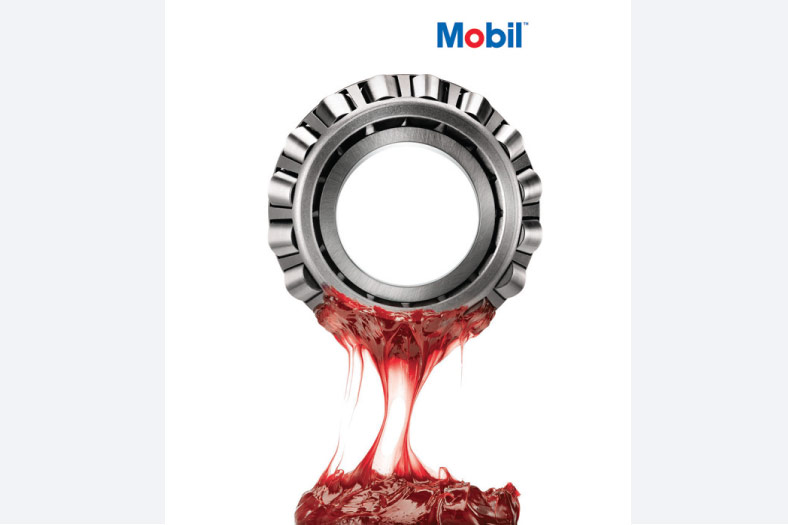
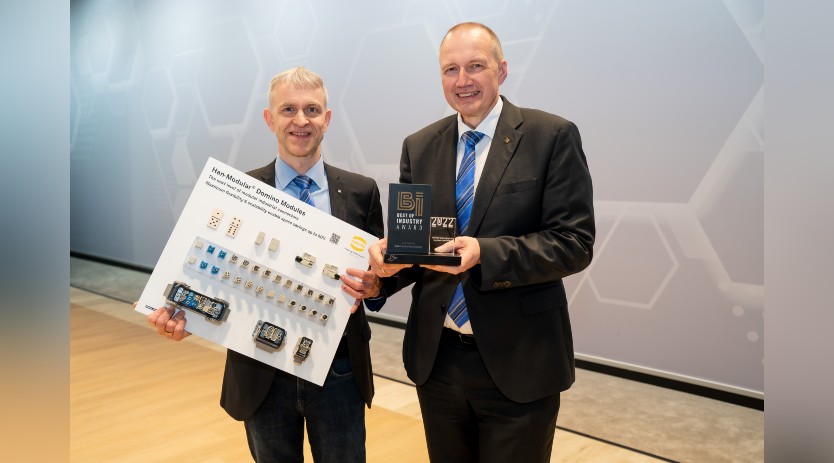

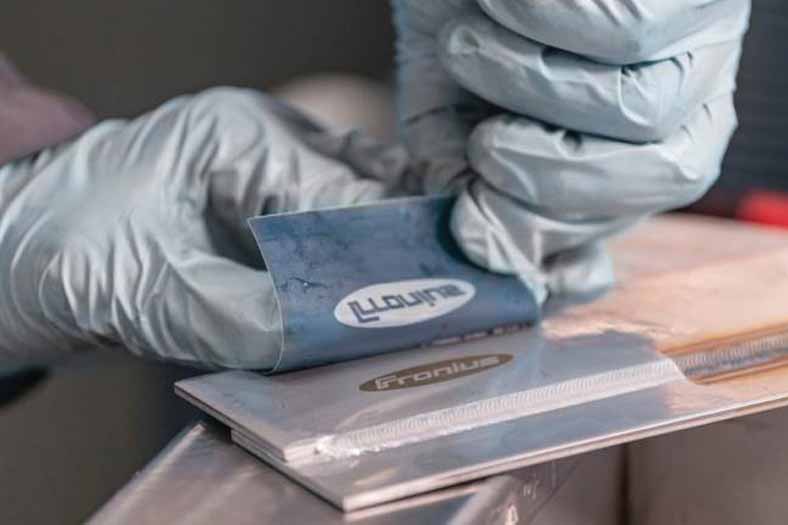

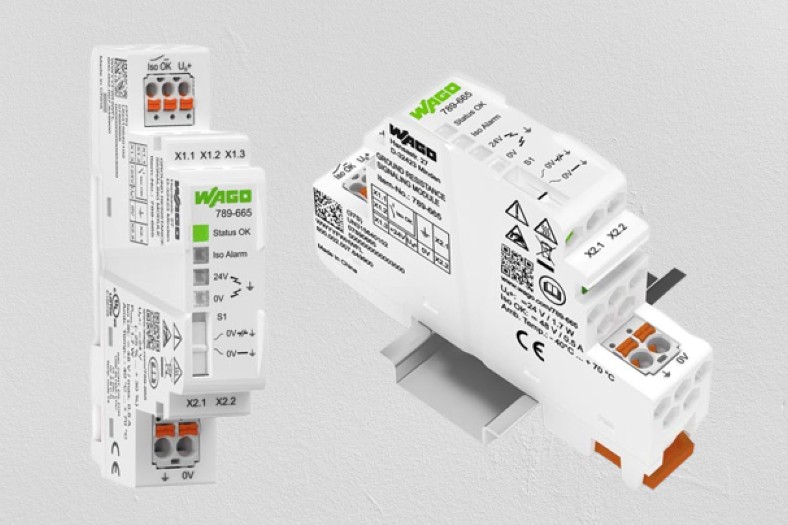
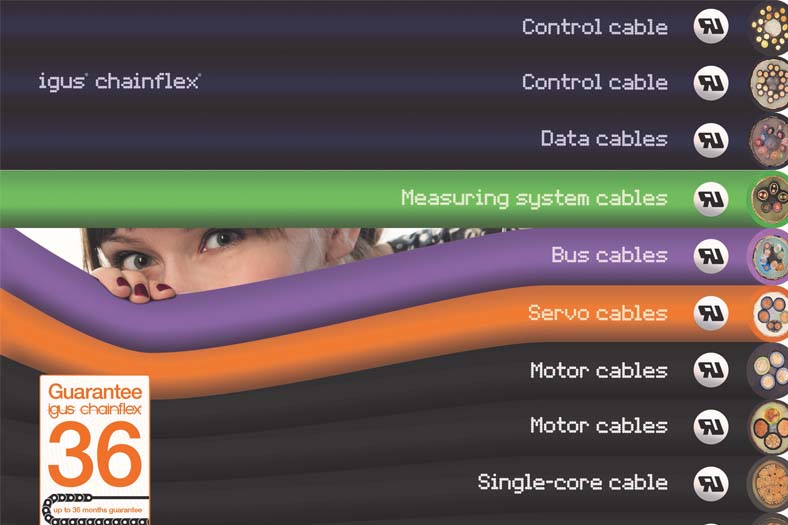
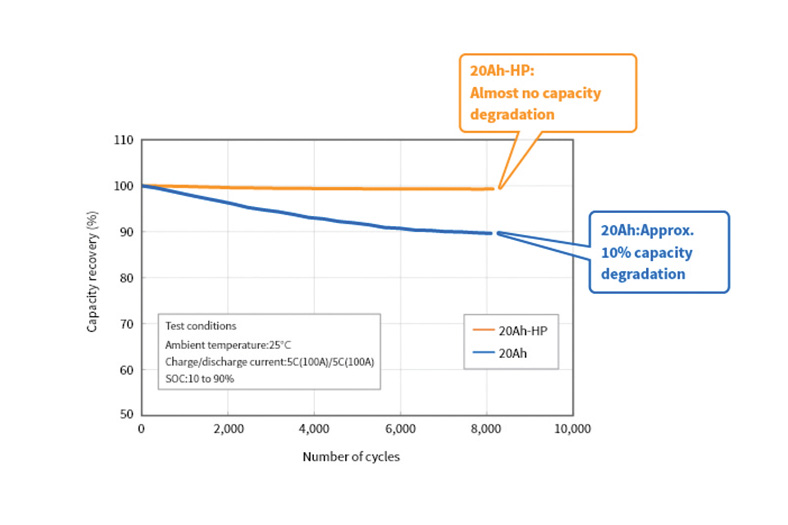
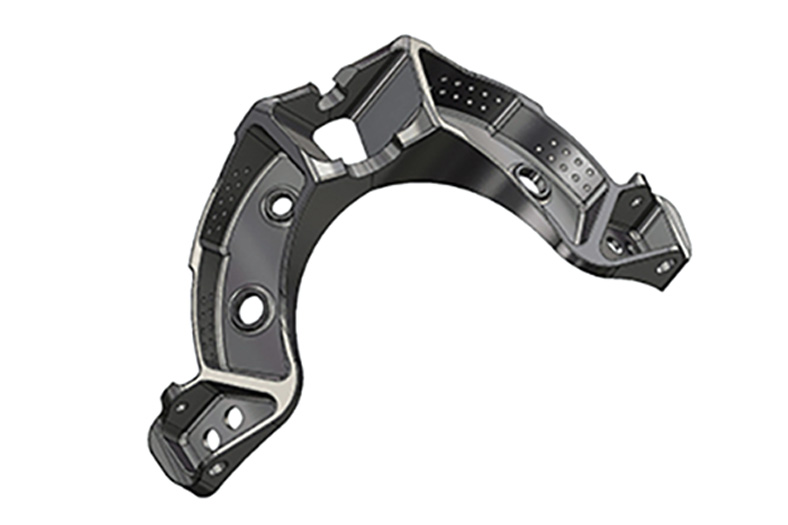

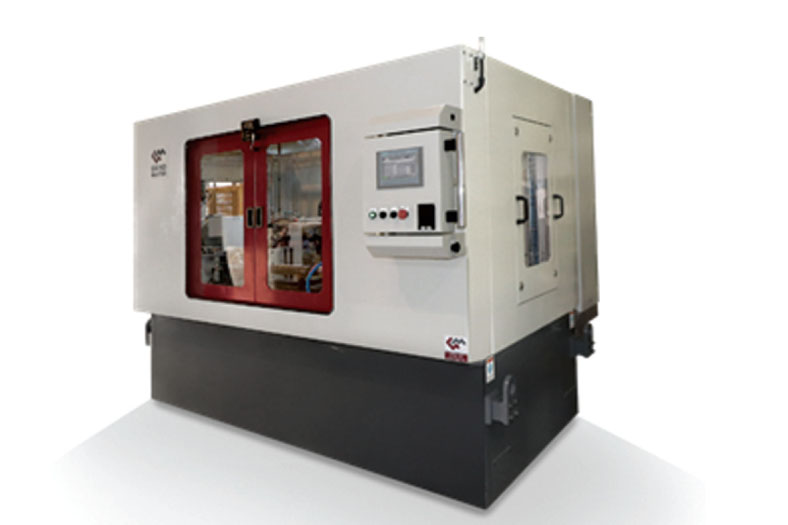




 English
English Hindi
Hindi